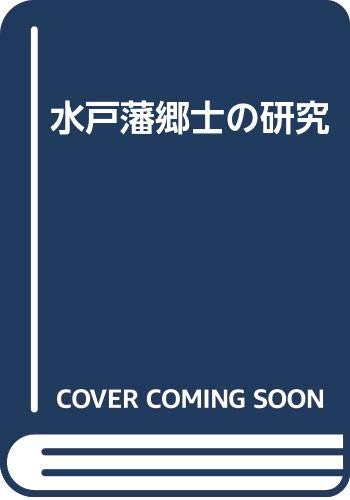1 0 0 0 OA (2)水戸藩の郷校について
- 著者
- 瀬谷 義彦
- 出版者
- 教育史学会
- 雑誌
- 日本の教育史学 : 教育史学会紀要 (ISSN:03868982)
- 巻号頁・発行日
- vol.4, pp.29-61, 1961-10-10
The village school of the Mito Clan cannot be neglected from the historical point of view, as the clan itself played an important role in the period of the Restoration. During 53 years, from 1804 (1st year of Bunka) to 1857 (4th year of Ansei), fifteen village schools which had been established at important points of the clan were managed both by the government and by the people. As time went on, the village school system was given support and promoted forcibly by the government. Celebrated persons of the village were appointed "Kan-mori" (master of the school) and given an allowance for the responsible post. Persons in charge of the school ("Goko kakari") were chosen from among country warriors ("Goshi"), upper officials, and Shinto priests who were usually opinion leaders of the village and had an interest in education. They were made to co-operate with the government in the administration of the school. Teachers, as well as the "Kan-mori" (masters), had an ordinary meeting once a month and a general meeting in the spring and autumn. On such occasions lecturers were sent from "Hancho" (the government of the clan) and "Kodokan" (the Institute of the Clan for "Widening the Way")- But sometimes learned persons of the country gave lectures. The characteristic common to all these fifteen village schools was that they had a good number of well-chosen books. Some schools had libraries of their own. Most of the books were bought with money contributed, by the people. Before 1856, it was the chief purpose of the village schools to train country doctors and give a sort of moral education to the influential persons in order to make them leaders of the villages which had been in a state of extreme desolation in those days. Therefore, the government forced them to be present at school as a duty. The tendency was more developed at the time when nine village schools were established in addition in 1856 and 1857. These schools were called "Goko" (the village schools) and "Bumbu-kan" (the institute for literary and military arts) with the village name in front of them. As the title of the school suggests, these schools were equipped with exercise-halls and grounds for military training, including archery grounds. Not only that, the formerly established village schools also had their own exercise-halls, archery grounds, etc., in the face of troubled conditions toward the end of the feudal system, after the opening of our country for foreign intercourse. At this time of the development a large number of farmers who had been made "Nohei" (farmer-soldiers) were given miritary training in the village schools. The government designed to make them work together with the Exclusionist Party of the Mito Clan. But as the central political situation became unstable after the wholesale arrest of the Ansei era and the struggle between "Tengu-to" (the Exclusionist Party) and "Shoseito" (the Conservative Shogunate Party), the village schools were the scene of the political activities of the Exclusionists and many were destroyed in the course of the bloody battles. In January, 1865 (1st year of Keio), when the Shogunate Party gained a victory and re-organized the clan government, the announcement was made to close the village school. But afterwards the Shfigunte Party was defeated and the movemenr of the Restoration was accomplished. Then after the abolition of clans and establishment of the prefectures, in the Prefecture of Ibaraki as well, on the introduction of the new educational system, the elementary schools were opened and the old village schools were re-organized as elementary schools. At any rate, the village schools of the Mito Clan lived and died in company with the vicissitudes of the Clan itself and their growth and decline will be worthy of notice especially from the viewpoint of educational history.

